Fitness Program Assessment Form

By providing us with detailed information about your health, fitness levels, and personal goals, we can create a fitness program specifically designed to meet your unique needs. This personalized approach ensures that you get the most effective and enjoyable workout experience.
This form collects crucial health data, including medical history, current health conditions, and existing medications. Such comprehensive insights allow us to design a safe and efficient fitness plan that takes your health into account, minimizing risk and maximizing results.
Whether you aim to lose weight, gain muscle, improve cardiovascular health, or enhance flexibility, your specific objectives are at the heart of our program design. Clearly stated goals help us focus on what’s important to you, ensuring measurable progress and sustained motivation.
Understanding your dietary preferences and supplement usage helps us provide comprehensive advice that aligns with your nutrition. This holistic approach enhances your overall wellness, complementing your physical activities.
Acknowledging factors like stress levels, sleep patterns, and daily routines enables us to recommend lifestyle adjustments that can significantly improve your well-being and fitness outcomes.
Our custom-designed fitness programs, based on the detailed information you provide, offer structure and accountability. This keeps you motivated and ensures that you can see tangible improvements over time.
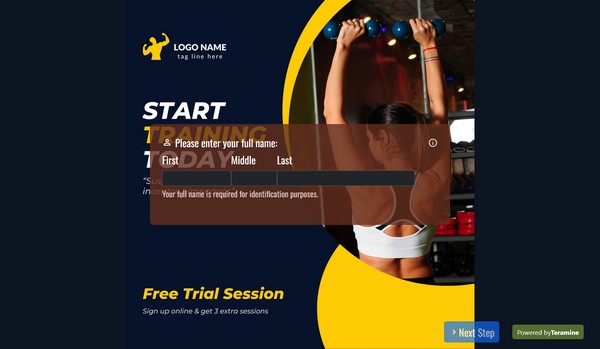
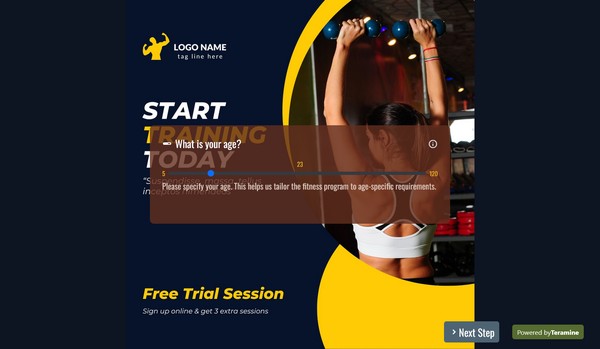
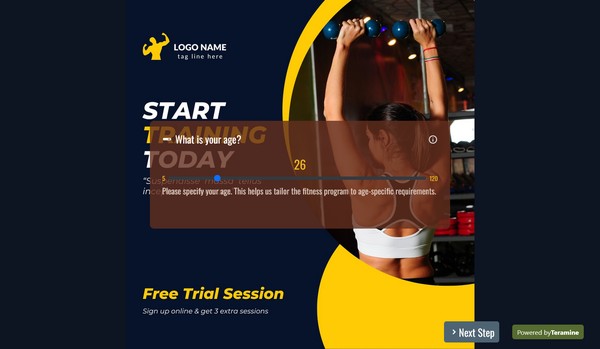
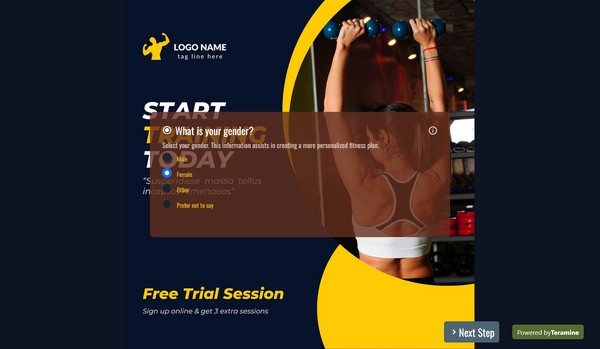
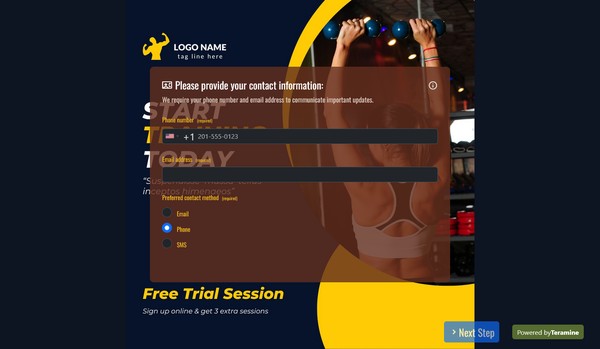
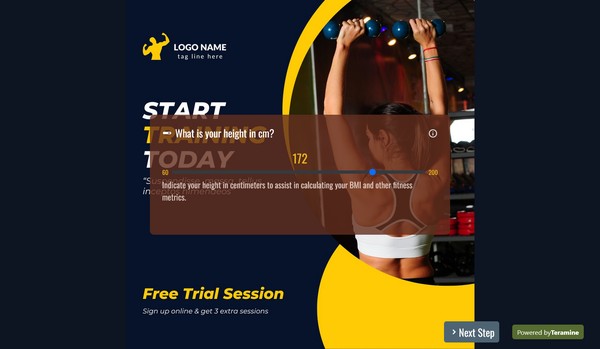
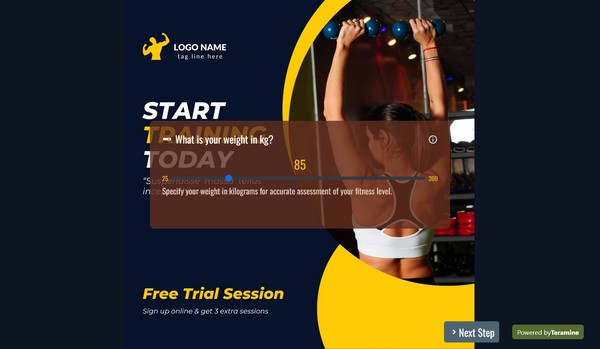
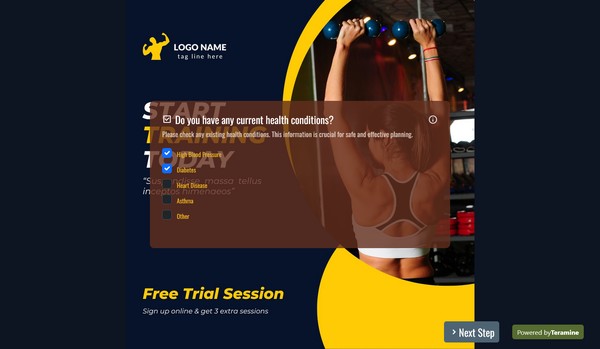
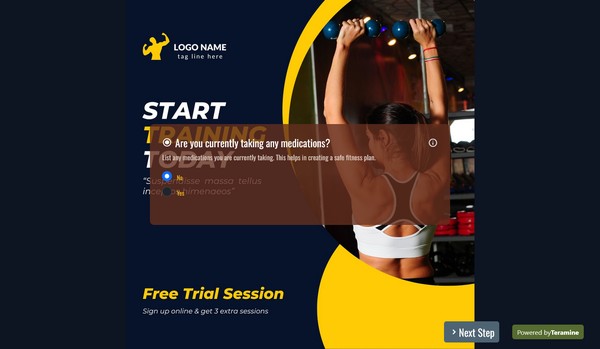
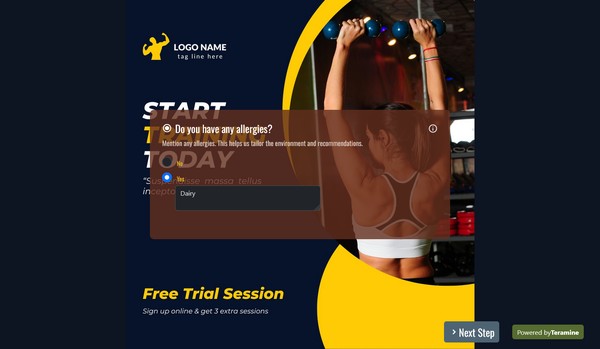
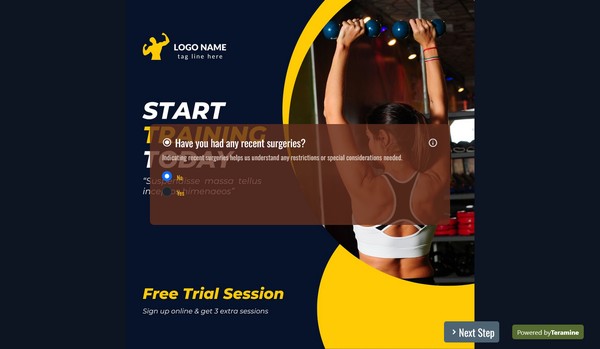
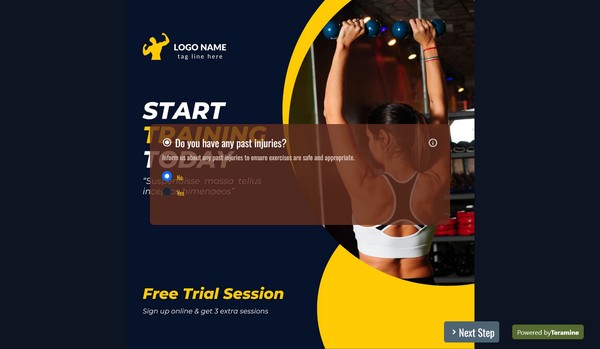
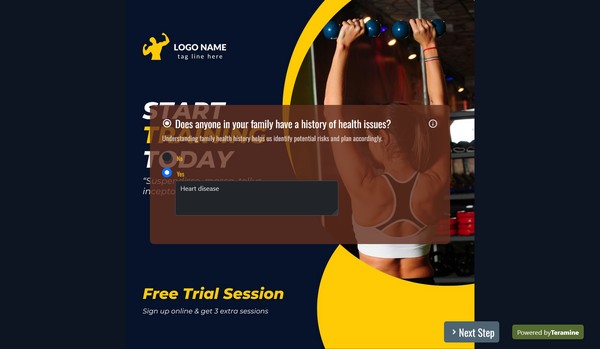
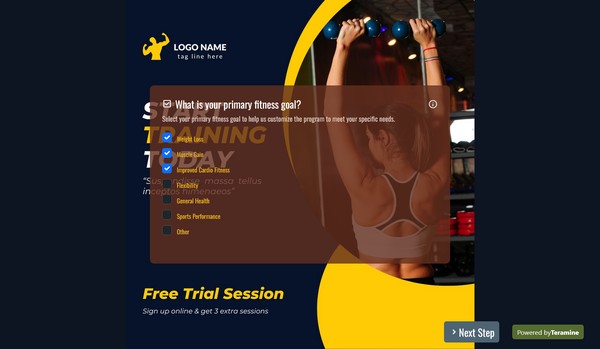
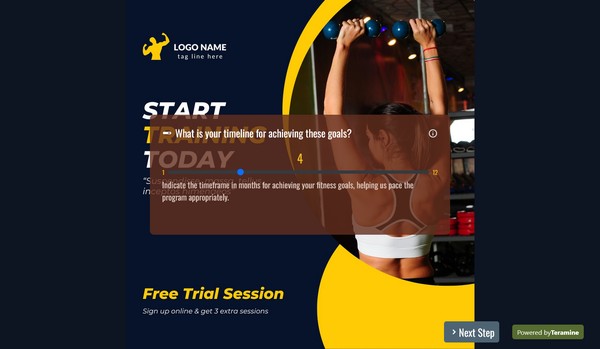
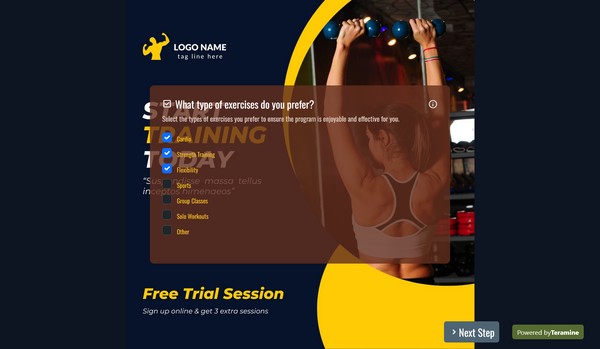
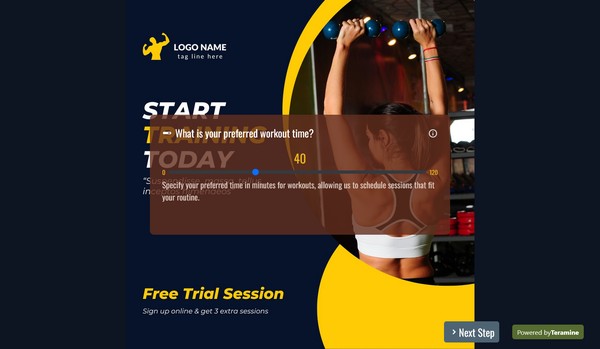
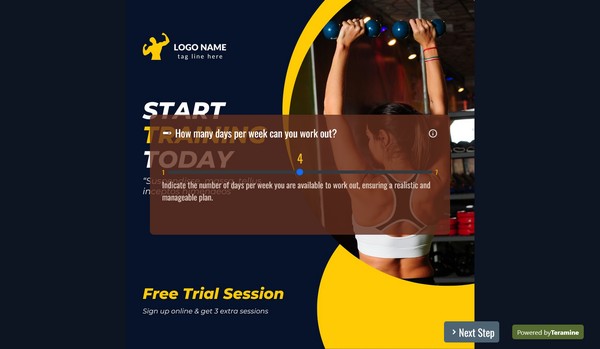
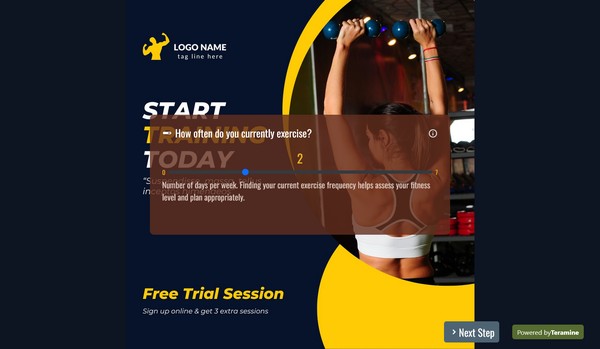
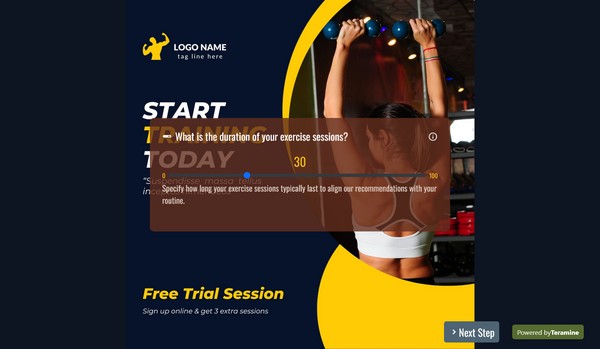
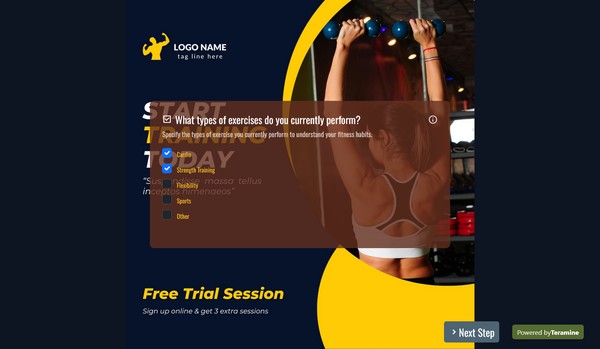
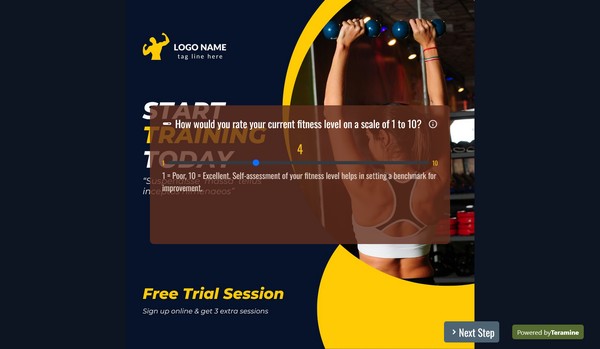
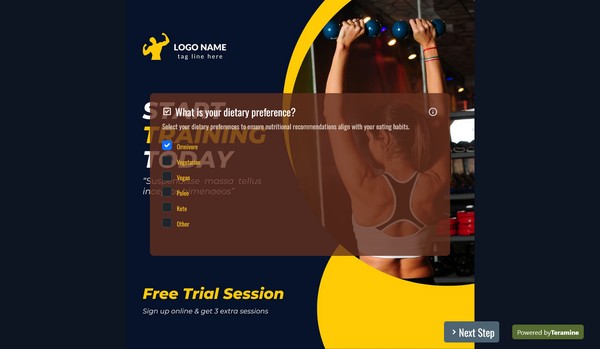
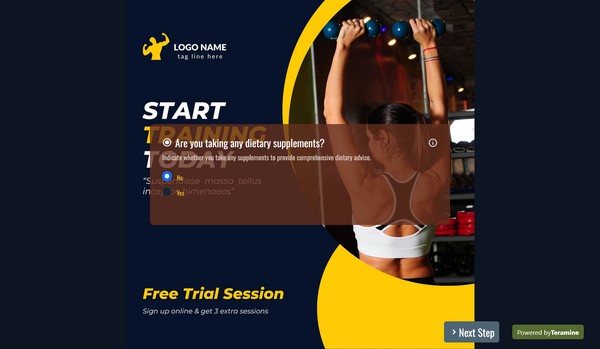
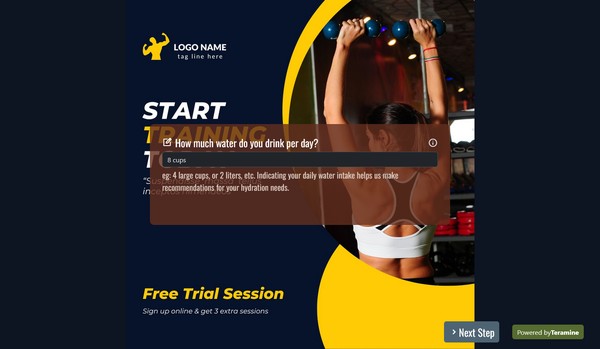
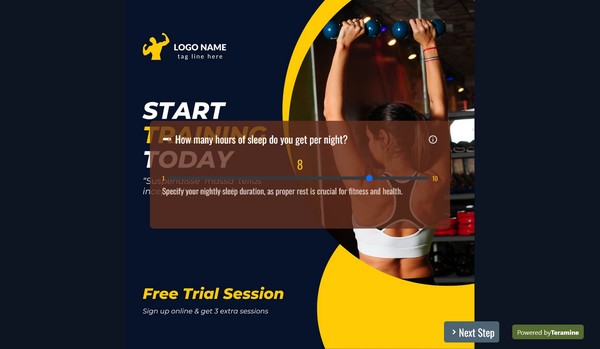
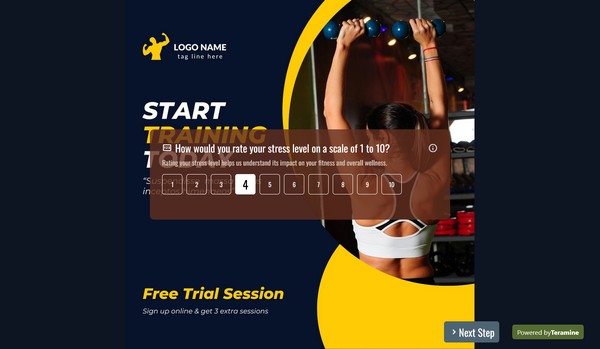

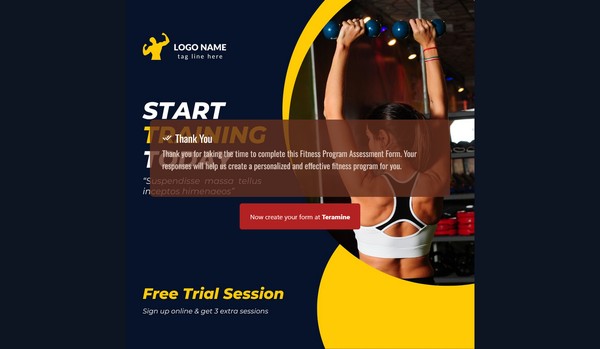
Fitness Program Assessment Form FAQs
A Fitness Program Assessment Form is a structured document used to evaluate an individual's current fitness level, goals, and overall health status in relation to a fitness program. This form typically includes a series of sections that may address various aspects such as:
Personal Information: Basic details about the participant, including name, age, gender, and contact information.
Health History: A section focusing on medical history, including any pre-existing conditions, injuries, medications, and other relevant health factors that could impact fitness training.
Current Fitness Assessment: Measurements and evaluations such as weight, height, body composition, and flexibility tests, as well as assessments of cardiovascular endurance and strength.
Fitness Goals: A section dedicated to outlining the individual's short-term and long-term fitness objectives, which may include weight loss, muscle gain, improved endurance, or specific athletic performance targets.
Lifestyle and Activity Level: Questions regarding current physical activity, exercise frequency, and other lifestyle factors that may influence fitness levels, such as diet, sleep patterns, and stress management.
Barriers to Fitness: Identifying potential obstacles or challenges the individual might face in achieving their fitness goals.
Program Preferences: Information on preferred types of exercises, training schedules, and any past experiences with fitness programs.
The purpose of the Fitness Program Assessment Form is to provide fitness professionals with a comprehensive understanding of the individual's needs and circumstances. This information can be used to create tailored workout plans, monitor progress, and ensure the safety and effectiveness of the fitness program.
A Fitness Program Assessment Form serves as a vital tool for gathering essential information about an individual's fitness level, health status, and specific goals. An effective assessment form should include the following key components:
Personal Information:
- Full Name
- Date of Birth
- Gender
- Contact Information (email and phone number)
Health History:
- Current medical conditions (e.g., cardiovascular issues, diabetes, injuries)
- Previous injuries or surgeries
- Current medications
- Family medical history
Lifestyle Information:
- Occupation and daily activity level
- Exercise history (types of activities, duration, frequency)
- Current fitness level (self-assessed)
- Diet and nutrition habits
Fitness Goals:
- Short-term goals (e.g., weight loss, increased endurance)
- Long-term goals (e.g., overall wellness, strength building)
- Specific performance targets (e.g., running a 5k, lifting a certain weight)
Assessment of Physical Fitness:
- Body composition measurements (e.g., weight, height, BMI)
- Cardiovascular fitness assessments (e.g., resting heart rate, VO2 max estimation)
- Strength assessments (e.g., push-ups, squats)
- Flexibility assessments (e.g., sit-and-reach test)
- Endurance assessments (e.g., timed running or cycling)
Motivation and Support:
- Reasons for pursuing a fitness program
- Sources of motivation (personal, social, or professional)
- Support system (family, friends, trainers)
Emergency Contact Information:
- Name and relationship
- Phone number
Consent and Liability Waiver:
- A section for participants to acknowledge that they understand the risks involved in physical activity and agree to participate voluntarily.
Signature and Date:
- Participant’s signature
- Date of completion
Including these components will help ensure that the assessment form is comprehensive and tailored to the individual's needs, enabling the development of a targeted and effective fitness program.
Utilizing a Fitness Program Assessment Form offers several significant benefits that can enhance both individual and organizational fitness initiatives. Here are some key advantages:
Comprehensive Evaluation: The assessment form provides a structured approach to evaluate an individual's current fitness level, including strength, endurance, flexibility, and overall health status. This comprehensive evaluation helps in identifying areas that require attention.
Personalized Goal Setting: By analyzing the data collected through the assessment, fitness professionals can assist individuals in setting realistic and achievable fitness goals tailored to their specific needs and aspirations.
Progress Tracking: Regular use of the assessment form allows both the individual and fitness professionals to monitor progress over time. This enables adjustments to be made to the fitness program based on performance and any emerging challenges.
Motivation and Accountability: Having a documented assessment fosters a sense of accountability. Individuals are more likely to stay motivated when they can see their progress and achievements documented clearly.
Informed Program Design: For fitness professionals, the assessment form serves as a vital tool for crafting customized fitness programs that align with the individual’s current capabilities and goals. This tailored approach enhances program effectiveness.
Risk Management: The assessment form can help identify any health risks or contraindications before initiating a fitness program. This proactive approach is essential for maintaining safety and preventing injuries.
Enhanced Communication: The form facilitates clearer communication between clients and fitness professionals, ensuring that both parties have a mutual understanding of expectations, goals, and progress.
Data-Driven Decisions: Utilizing the assessments allows for data-driven decisions regarding program modifications, ensuring that interventions are based on objective evaluations rather than subjective perceptions.
Holistic Perspective: A well-rounded fitness assessment can also consider lifestyle factors, nutritional habits, and mental wellbeing, providing a more holistic view of an individual's health.
Professional Development: For fitness professionals, consistently using assessment forms can contribute to ongoing education and training, as they learn to interpret results and apply findings effectively.
In conclusion, integrating a Fitness Program Assessment Form into fitness initiatives not only enhances the effectiveness of fitness programs but also promotes a culture of health and continuous improvement.
Yes. We take the security of your data very seriously. We have built our application in compliance with the latest security standards. Your data is locked down with access allowed only after strict security checks. In addition, we use the latest SSL encryption standards to protect your data in transit from our servers to your device. You can also protect your forms by using our captcha widgets to prevent spam.'



























